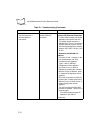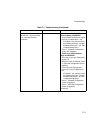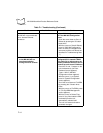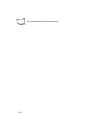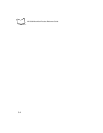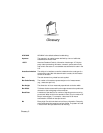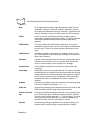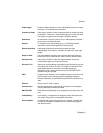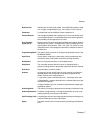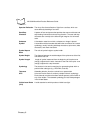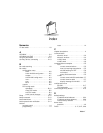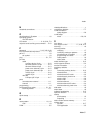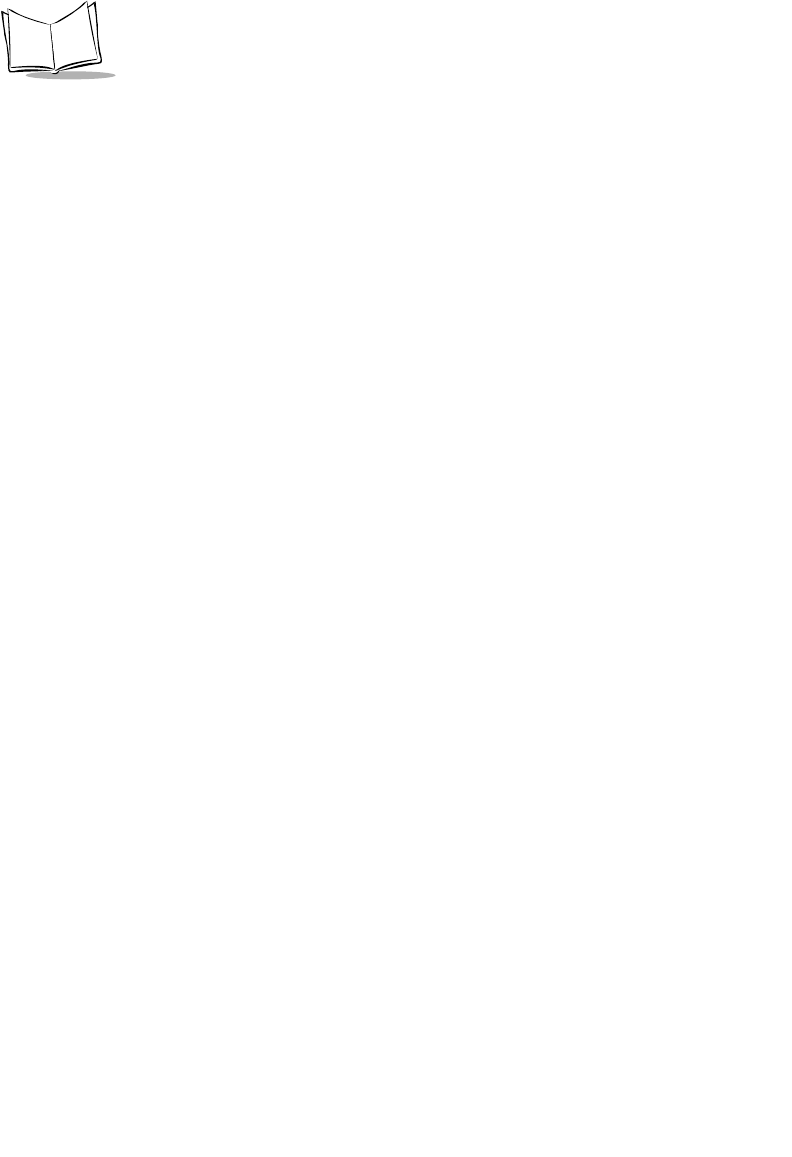
Glossary-4
MK1000 MicroKiosk Product Reference Guide
Byte On an addressable boundary, eight adjacent binary digits (0 and 1)
combined in a pattern to represent a specific character or numeric
value. Bits are numbered from the right, 0 through 7, with bit 0 the low-
order bit. One byte in memory is used to store one ASCII character.
CDRH Center for Devices and Radiological Health. A federal agency
responsible for regulating laser product safety. This agency specifies
various laser operation classes based on power output during
operation.
CDRH Class 1 This is the lowest power CDRH laser classification. This class is
considered intrinsically safe, even if all laser output were directed into
the eye’s pupil. There are no special operating procedures for this
class.
CDRH Class 2 No additional software mechanisms are needed to conform to this
limit. Laser operation in this class poses no danger for unintentional
direct human exposure.
Character A pattern of bars and spaces which either directly represents data or
indicates a control function, such as a number, letter, punctuation
mark, or communications control contained in a message.
Character Set Those characters available for encoding in a particular bar code
symbology.
Check Digit A digit used to verify a correct symbol decode. The scanner inserts the
decoded data into an arithmetic formula and checks that the resulting
number matches the encoded check digit. Check digits are required
for UPC but are optional for other symbologies. Using check digits
decreases the chance of substitution errors when a symbol is
decoded.
Codabar A discrete self-checking code with a character set consisting of digits
0 to 9 and six additional characters: ( - $ : / , +).
Code 128 A high density symbology which allows the controller to encode all 128
ASCII characters without adding extra symbol elements.
Code 3 of 9 (Code
39)
A versatile and widely used alphanumeric bar code symbology with a
set of 43 character types, including all uppercase letters, numerals
from 0 to 9, and 7 special characters (- . / + % $ and space). The code
name is derived from the fact that 3 of 9 elements representing a
character are wide, while the remaining 6 are narrow.
Code 93 An industrial symbology compatible with Code 39 but offering a full
character ASCII set and a higher coding density than Code 39.



